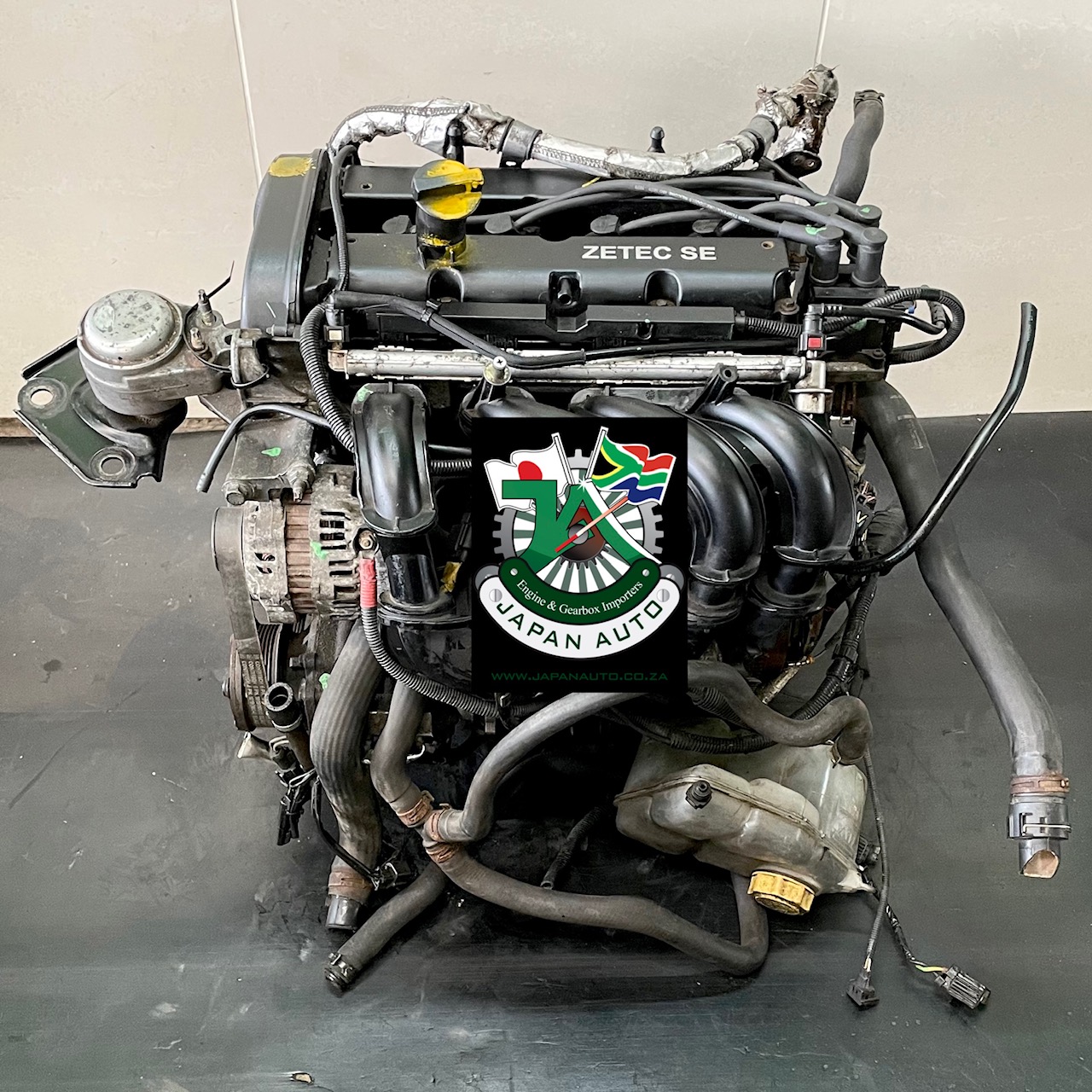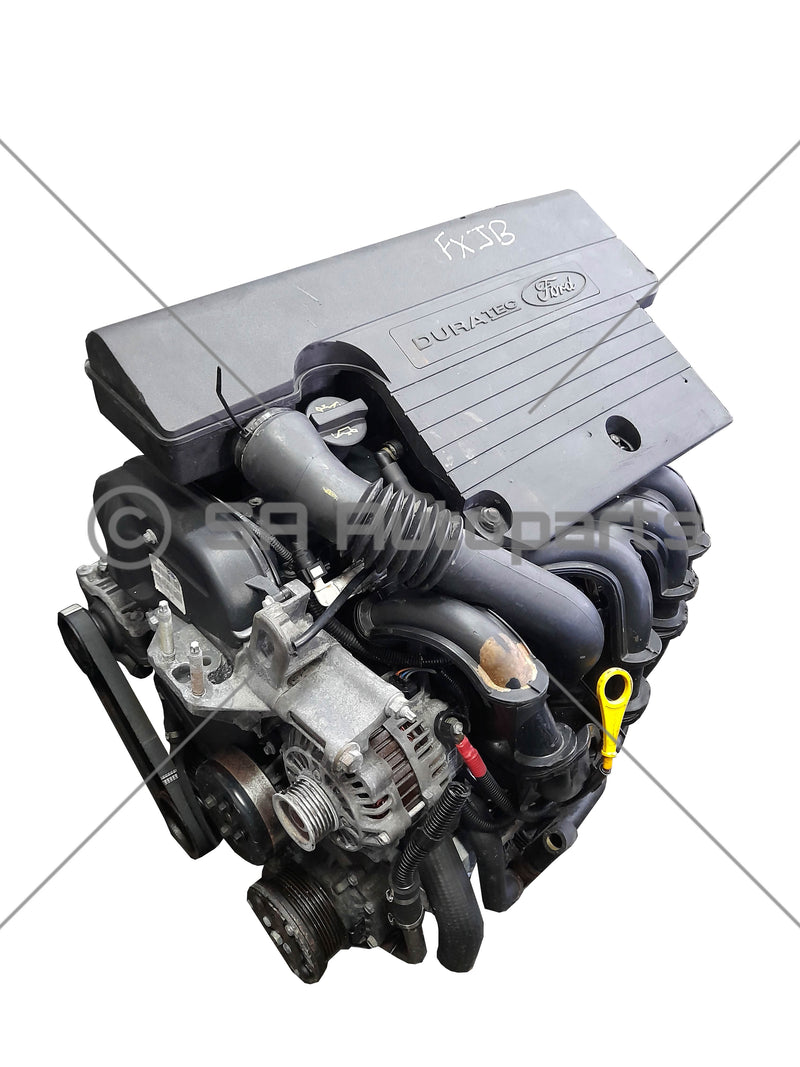Save Money on Repairs with Regular Ford Fiesta Engine Inspections
Save Money on Repairs with Regular Ford Fiesta Engine Inspections
Blog Article
Checking Out the Development of Engines: From Classic Styles to Modern Marvels
The development of engine innovation stands for a significant story in the background of technology, noted by pivotal developments that have consistently redefined transport and market. From the first vapor engines that powered the Industrial Change to the emergence of internal burning engines that transformed flexibility, each stage has added to greater effectiveness and capacity. Currently, the change to electrical power indicates not only a technical change however also a more comprehensive commitment to environmental sustainability. As we check out these turning points, one must take into consideration exactly how the future of engine design might unfold, testing our understandings of power and efficiency.
The Birth of Engine Technology
The arrival of engine innovation marked a pivotal minute in human development, transforming energy conversion and transportation. The earliest engines emerged from the need to harness mechanical power for sensible usage, leading to the growth of tools that converted different energy types right into activity (ford fiesta engine).
The growth of the interior combustion engine and the innovation of the heavy steam engine catalyzed an extensive shift in commercial capacities. These engines not just boosted effectiveness however also expanded the range of human flexibility, making it possible for extraordinary transport opportunities. The very early prototypes laid the groundwork for the mechanical world, promoting the surge of markets and reshaping social frameworks.
As engine styles developed, they advanced and incorporated ingenious materials design concepts, leading the way for modern-day growths - ford fiesta engine. The birth of engine technology fired up a ruthless search of efficiency and power, setting the phase for the vibrant advancement of transport and industrial equipment that would certainly adhere to
Steam Engines and Their Influence

The steam engine's impact was specifically apparent in the transport sector (ford fiesta engine). Steam-powered engines assisted in the rapid activity of goods and individuals throughout vast ranges, successfully diminishing the geographical barriers that had actually formerly impeded trade and interaction. Steamships changed marine travel, permitting for quicker and much more trusted crossings of rivers and seas.
In sector, steam engines powered factories, making it possible for mass production and the rise of metropolitan facilities as hubs of financial activity. This change not just altered labor dynamics but likewise added to the development of a consumer-driven culture. In addition, heavy steam modern technology fostered advancements in engineering and production procedures, laying the groundwork for future improvements in engine layout. The legacy of heavy steam engines is profound, showing a turning point in human resourcefulness and the relentless quest of progression.
The Surge of Inner Burning
Often outweighing vapor power, the surge of inner combustion engines noted a transformative shift in transport and market throughout the late 19th and early 20th centuries. The advancement of these engines, defined by their ability to burn gas within the engine itself, allowed higher effectiveness and power compared to traditional steam engines. Pioneering creators such as Nikolaus Otto and Rudolf Diesel played critical functions in improving engine styles, resulting in widespread fostering in automobiles, watercrafts, and industrial machinery.
The inner burning engine's portable size and reasonably light-weight nature assisted in the appearance of personal vehicles, revolutionizing individual movement and improving metropolitan landscapes. By enabling faster traveling and the reliable transport of goods, these engines catalyzed financial growth and cultivated globalization. The adaptability of gas alternatives, consisting of gasoline and diesel, additionally enhanced their appeal, enabling diverse applications throughout various industries.
Despite the ecological worries that would later arise, the first appeal of inner combustion technology stocked its transformative potential. As culture embraced this advancement, the structure was laid for modern transportation systems, establishing interior combustion engines as a keystone of commercial innovation and life throughout the 20th century.
Advancements in Engine Effectiveness
As inner combustion engines came to be integral to transportation and market, the emphasis moved in the direction of enhancing their efficiency to meet expanding needs for performance and sustainability. Developments in engine layout, material scientific research, and technology have significantly contributed to this advancement.
One major improvement is the advancement of turbocharging, which permits raised air consumption, causing even more full fuel combustion and enhanced power outcome without increasing the size of engine size. Additionally, variable shutoff timing systems have been implemented to optimize engine performance across numerous RPM arrays, therefore boosting gas efficiency.
The use of sophisticated fuel injection innovations, such as direct injection, has additionally played an essential duty. This approach enables even more precise control over the fuel-air mix, promoting much better combustion and decreasing discharges. Light-weight materials, including aluminum and composite parts, have been taken on to reduce overall engine weight, leading to boosted effectiveness.
These developments show a wider trend within the auto sector, where the synergy in between design development and ecological considerations drives the recurring mission visit our website for greater efficiency in inner burning engines. Because of this, contemporary engines are now more powerful, cleaner, and effective than ever before, leading the way for a more lasting future in transportation.
The Change to Electric Power
With expanding worries over ecological effect and fossil gas dependence, the auto market is experiencing a significant change towards electrical power. This shift is driven by a mix of technological innovations, governing stress, and changing customer choices. Electric lorries (EVs) use an engaging option to conventional interior burning engines, boasting minimized greenhouse gas emissions and reduced operating expense.
The surge of battery innovation has you could try this out actually been a game changer, with lithium-ion batteries coming to be more effective and cost-efficient. Enhanced energy density and faster billing capabilities have made EVs extra practical for daily usage. Governments worldwide are carrying out incentives and setting ambitious targets for phasing out fossil fuel cars, therefore increasing the fostering of electrical power.
As charging framework expands and battery modern technology continues to boost, the change to electric power is poised to reshape the automotive landscape, advertising sustainability and advancement in the years to come. The future of transport is electric, and the energy is obvious.
Verdict
The evolution of engine innovation represents a significant trajectory of innovation that has exceptionally influenced transport and sector. From the fundamental heavy steam engines to the transformative internal burning engines, each development has actually contributed to boosted movement and financial growth.

Report this page